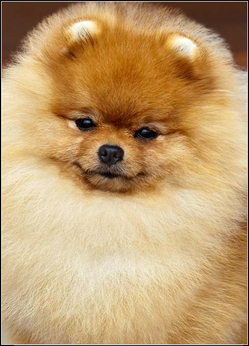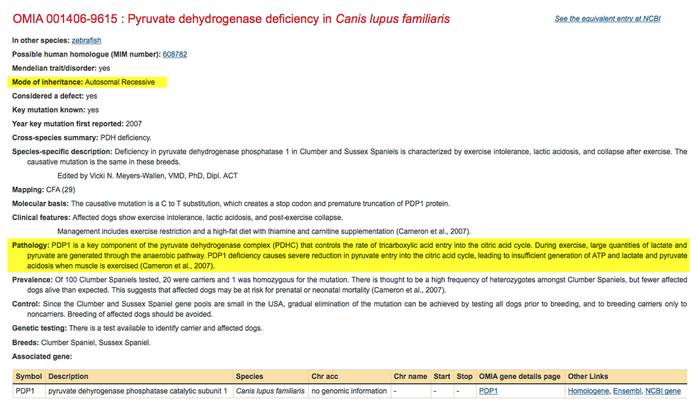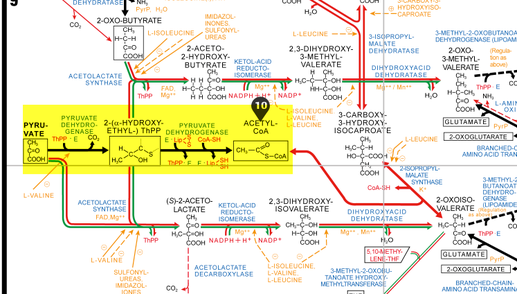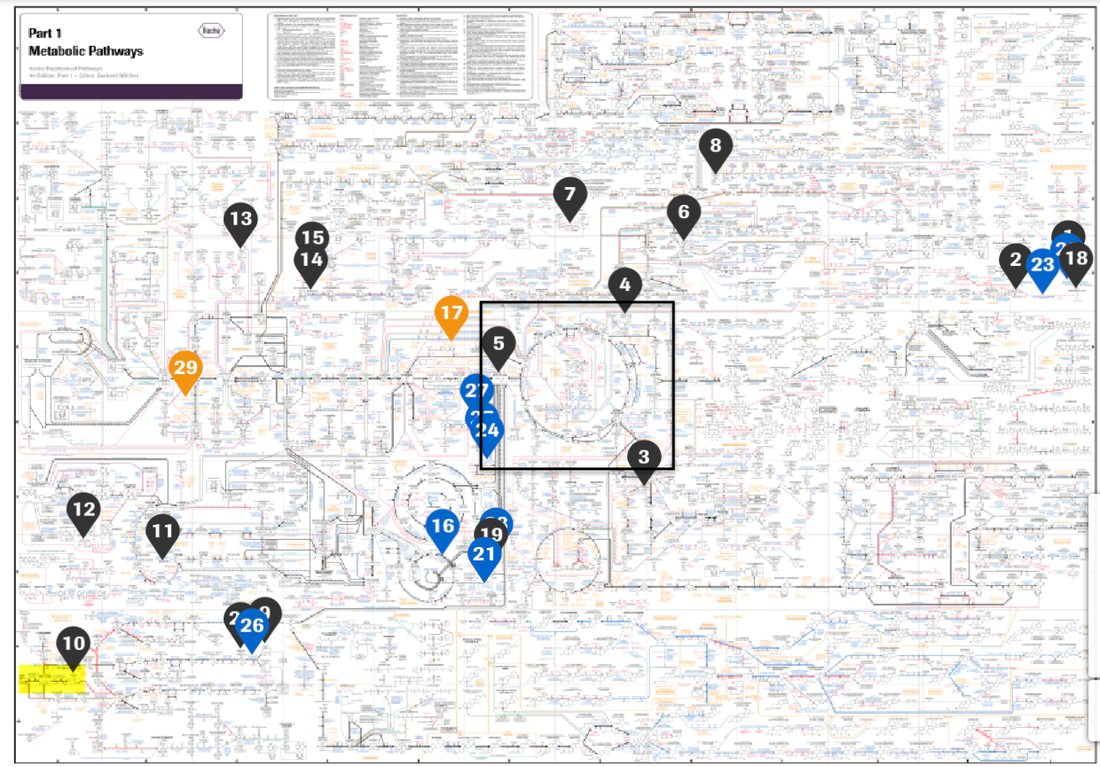One of the first things most breeders learn about genetics is the difference between dominant and recessive alleles. Most people understand that dominant alleles are expressed whether there is one or two copies at a locus, whereas recessive alleles are only expressed if there are two copies of that allele. This clear difference between dominant and recessive expression is certainly true for some genes, but in reality the situation can be much more complex. Perhaps you have heard terms such as "incomplete dominant", "co-dominant", or "semi-dominant". Are these different types of alleles than the basic dominant and recessive? Or is there some other condition that makes these alleles function differently? There is lots of confusion about this, and often people resort to one of the "incomplete", "co-", or "semi-" terms to describe anything that doesn't behave like a simple dominant or recessive. These terms refer to differences in phenotypes, but what's going on at the level of the gene?
Here is a nice little video that explains the complexity of these differences in the expression of genes as phenotypes, from the "Useful Genetics" online course taught by Dr Rosemary Redfield (Univ. British Columbia). She gives a nice explanation of the terms, and explains why the descriptions of gene expression such as "semi" or incomplete" incorrectly imply that these reflect functional differences among genes, when in fact they are only descriptors of phenotype that result from the interactions and relationships among genes.
Spend 15 minutes with this video and clear the fog about dominant and recessive. Enjoy!







